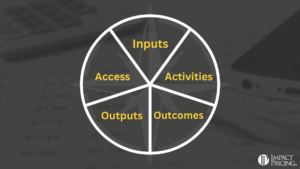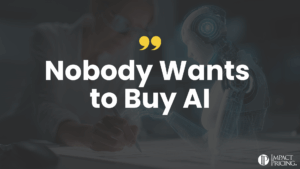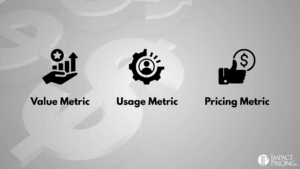Question: Hi Mark, I saw your request for pricing questions. Here’s one I’m dealing with now: “How do we transition IT Infrastructure pricing from perpetual/On-Prem systems to Consumption-Based/Cloud Computing models”. Thanks and love your posts! Q.
Answer: Hi Q. That’s like asking, what’s the meaning of life? 🙂 Seriously, there are so many moving parts when a company shifts from selling on-prem to selling a subscription. These include billing, financial projections, sales compensation, customer success and of course, pricing. I’m going to just talk about pricing here and just a tiny piece of that.
Changing price models
We have to decide if we’re changing our pricing model for new customers only or also for our existing customers? My first recommendation is to focus on new customers only at first. After you’ve made that successful, then try to move existing customers.
As to setting the price, it is not uncommon for a company to take their on-prem price plus maintenance and divide that by 36 to get their new monthly subscription price. Finance likes this because revenues are somewhat predictable even though cash flow gets hurt. Buyers seem to accept this because it’s the equivalent of a 3-year time horizon. This is OK as a starting point, but it doesn’t have anything to do with value!!! Since we are talking new buyers though, this only makes sense to them if you offer them a choice, on-prem or subscription. If you take away the on-prem option, then buyers don’t have that as a comparison point anymore. If they don’t buy from you what will they buy? Can you get them into the platform at an aggressive price and upsell them over time? Sometimes you have to take the small steps (i.e. 1/36th of the on-prem price) just to get things moving. Then you can start focusing on value.
Transitioning existing clients
Getting new customers to buy into and use your new subscription helps you get the kinks out of the system without upsetting your customer base. Once you have a bunch of customers on the new platform, it makes sense to start thinking about transitioning your existing customers. This is hard because they think they bought a perpetual license, and they did. One recommendation is to stop putting new features on the on-prem product. Only release bug fixes or minor enhancements. All new feature development is on the new platform.
When you tell customers they have to move to the new platform to get new features, and the new platform costs more per month (or year) than their current maintenance charge, they will not be happy. You could consider moving them at the price of maintenance for a period of time to keep them a little happier. Or you could always give them what they have at that lower price but charge them for the new capabilities. Or you could get them into the platform and then charge for additional usage. There are several ways to move them and then grow the revenue you earn from them.
Transitioning to subscriptions is not easy for so many reasons. However, the rule I would always use is, Know how your buyers perceive value. That will guide your pricing decisions.
**NOTE: Mark Stiving has an active LinkedIn community, where he participates in conversations and answers questions. Each week, he creates a blog post for the top question. If you have a question, head over to LinkedIn to communicate directly with Mark.














